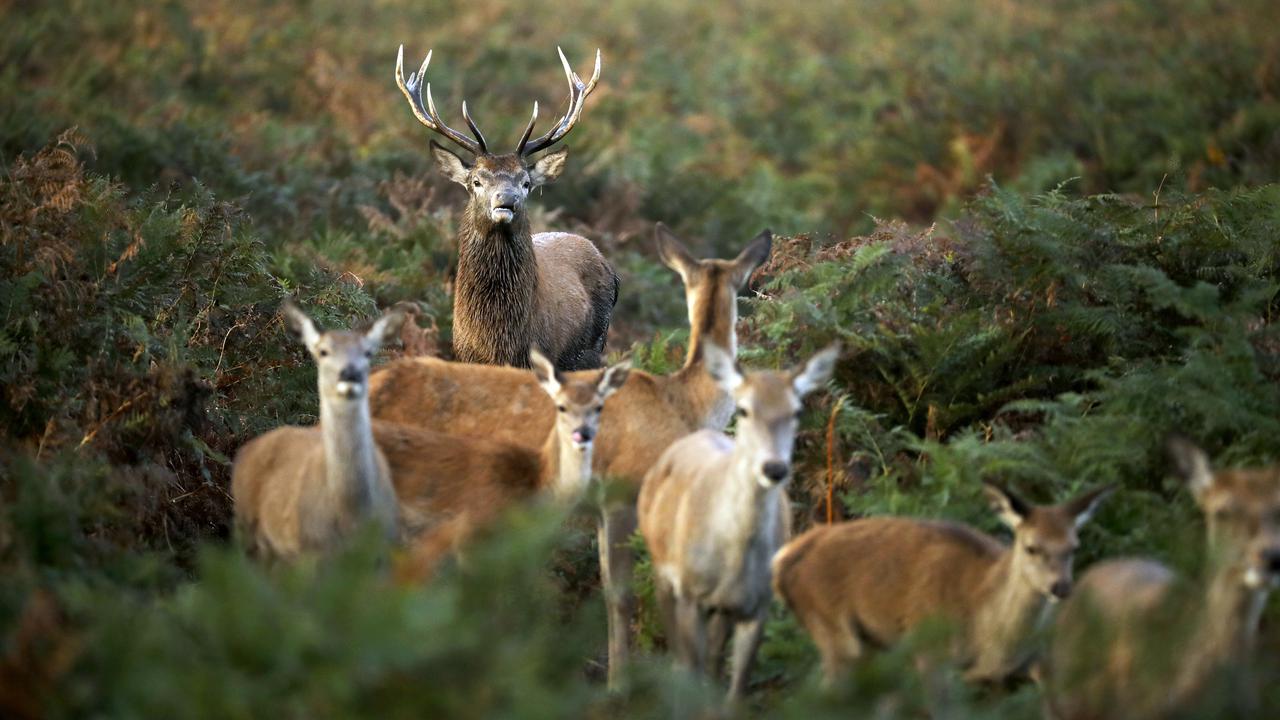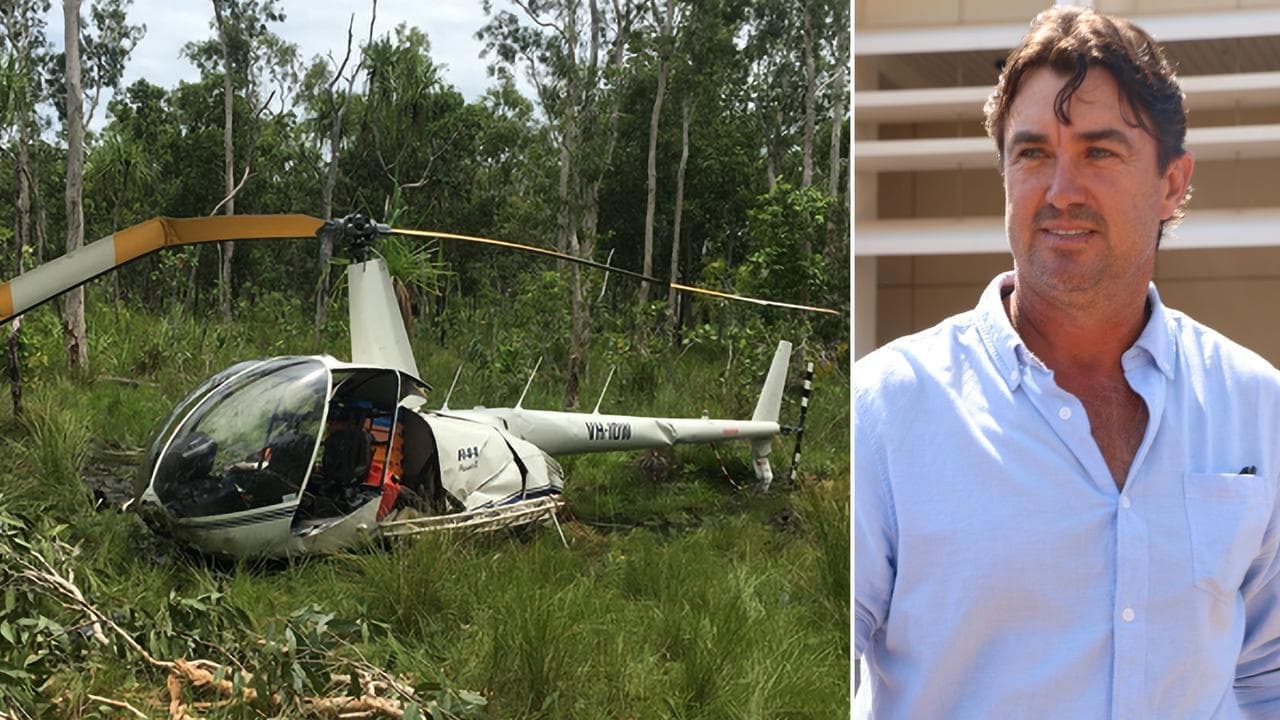The Statement
A Facebook post claims a deer became riddled with tumours as a result of eating plants sprayed with Monsanto's Roundup.
The post, by a New Zealand Facebook user, features an image of a deer with large growths on its head and body. The accompanying text states: "A deer that became riddled with tumors from eating plants sprayed with Monsanto's Roundup. It seems fairly common."
At the top of the post is a banner at the top, which says: "LABOUR LOVES ROUNDUP ITS (sic) THEIR BEST FRIEND & 99% OF NEW ZEALAND THOUGHT SHE LOVE THEM ha ha".
Beneath the image, the post also claims: "NEW ZEALAND COUNCIL OVER USES (sic) ROUNDUP IN ALL PARKS PLUS OTHER PLACES IN OUR COUNTRY."
At the time of publication, the October 19 post had been shared more than 240 times and attracted more than 15,000 views.

The Analysis
Patented by Monsanto and sold under the Roundup brand, glyphosate is the most widely used herbicide in New Zealand and across the world. It is used to kill a broad range of weeds.
However, there have been calls (see examples here and here) for the use of glyphosate in New Zealand to be reconsidered due to concerns it causes cancer.
The Facebook post claims the deer pictured in the post became "riddled with tumours from eating plants sprayed with Monsanto's Roundup".
However the same image of the deer included in the post was tweeted by the Ohio Division of Wildlife in October 2017 as an example of an animal with "unsightly warts" called fibromas.
Cutaneous fibromas, "more commonly called deer warts by hunters", are found in deer herds in the "majority" of US states, according to an article by the Mississippi Department of Wildlife, Fisheries, and Parks (MDWFP).
Fibromas are caused by a virus thought to be transmitted by insects biting the animals, although it is also possible the disease is contracted when contaminated objects scratch or penetrate a deer's skin, the agency said.
The same growths are known to affect other wild animals in the US such as squirrels and rabbits.
Daniel Schmidt, the vice-president of US-based publisher Deer & Deer Hunting, confirmed to AAP FactCheck via email that the deer in the image was suffering from cutaneous fibromas. He has previously addressed the condition in a blog post that addressed a similar Roundup claim.
"In short, it's not too unlike warts in humans," he said. The condition isn't fatal, and the nodules typically fall off after the cycle or, in the case of northern deer, in winter."
The cause of fibromas in deer is also explained by the US National Center for Biotechnology Information (NCBI) and the Michigan Department of Natural Resources (DNR).
The post's claim linking the deer "tumours" to Roundup has also been debunked here, here, here and here.
The post also claims "NEW ZEALAND COUNCIL OVER USES ROUNDUP IN ALL PARKS PLUS OTHER PLACES IN OUR COUNTRY". It does not identify which council. There are 78 local authorities throughout New Zealand.
Environmental Protection Authority acting general manager of hazardous substances and new organisms Dr Clark Ehlers told AAP FactCheck in an email that the EPA "is not required to keep systematic information on the sales and/or use of glyphosate".
New Zealand Food Safety has carried out tests on the presence of glyphosate in various foods, including honey and milk, as part of its role of monitoring use of the herbicide.
However Allan Kinsella, assurance director at the agency, told AAP FactCheck in an email that it did not collect information on sales or the use of Roundup either regionally or nationally.

The Verdict
AAP FactCheck found the post's primary claim that the pictured deer became riddled with tumours from eating plants sprayed with Roundup to be false. Multiple sources have identified the condition as cutaneous fibromas, also known as deer warts.
There is no clear evidence on rates of Roundup use among New Zealand councils. The post does not name a specific local authority, and national agencies do not collect data on the herbicide's use.
False - Content that has no basis in fact.
* AAP FactCheck is accredited by the Poynter Institute's International Fact-Checking Network, which promotes best practice through a stringent and transparent Code of Principles. https://aap.com.au/











